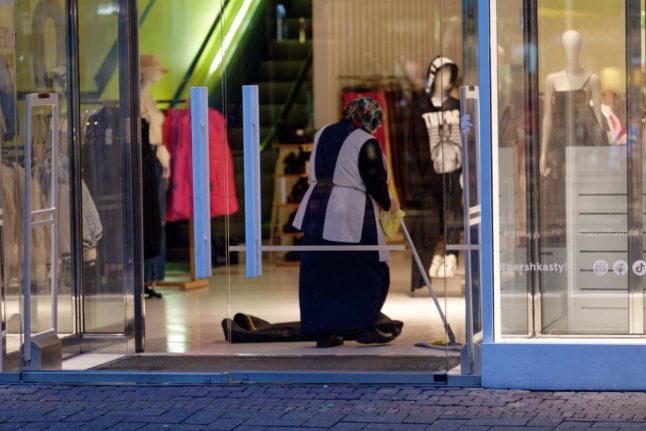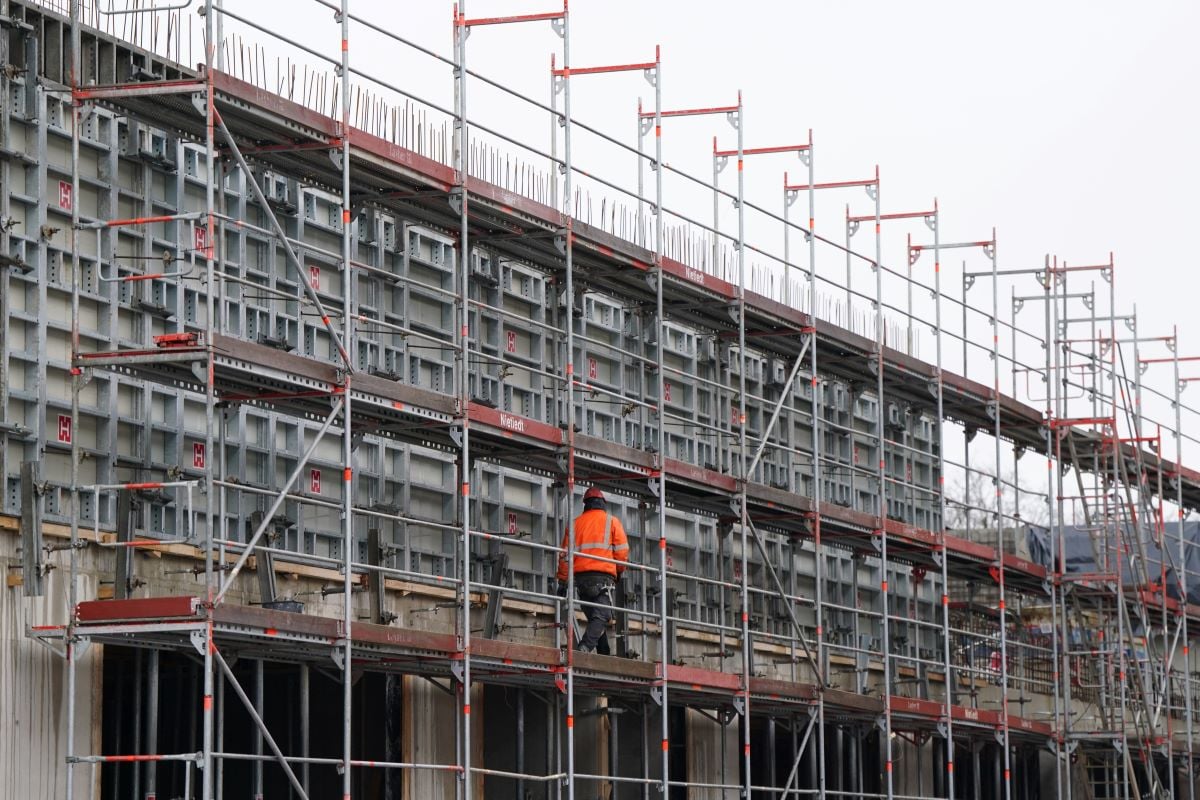In Germany there is not only now a legal ban on working for asylum seekers, there is also one from the self-styled racism watchdogs. It came into force two weeks ago as refugees in Schwäbisch Gmünd had registered as voluntary luggage porters to help passengers with their bags as they changed trains at a train station.
Work opportunities for refugees are legally defined, with €1.05 an hour compensation. The law even says that those who are capable of work can be made to work.
That was not the case with the porters. But barely did the first pictures of these helpers reach the press that a storm of outrage broke.
The trigger? Refugees with black skin were carrying the bags of “white-skinned” passengers. Was that not pure Apartheid and colonialism and in 2013?
And as is nearly always the case in Germany when it comes to a public conflict, the local authority did not defend its actions – even though it was convinced it was right. The town took the treasured jobs away from the refugees, with great regret.
This was pushed through by those who watch out for what they think is racism. It goes like this: In the past those with dark skin had to serve as slaves to whites because of their skin colour – one of the worst crimes ever. Because of this, today they cannot offer any service to whites – again because of their skin colour.
What a sustained fixation on the colour of a person’s skin! What a level of presumption that one can decide for another!
The town should not have backed down. Sure, the “wage” is a pittance. It is the same though for all who, as asylum seekers, take on any kind of voluntary work.
If they were to receive more, most of it would be in any case be retained by the authorities to pay back for the tax-funded living costs they get – in a similar way that those in receipt of Hartz IV – basic social support – have anything they earn after a certain level docked.
The value of this work is elsewhere – in the social contact it affords with people. Suddenly refugees have a face. That helps with acceptance.
Barbara John is chair of Berlin’s Paritätischer Wohlfarhtsverband – an umbrella organization of around 4,000 social groups involved in a wide range of issues. She was previously Berlin city’s ombudswoman for foreigners.




 Please whitelist us to continue reading.
Please whitelist us to continue reading.
Member comments